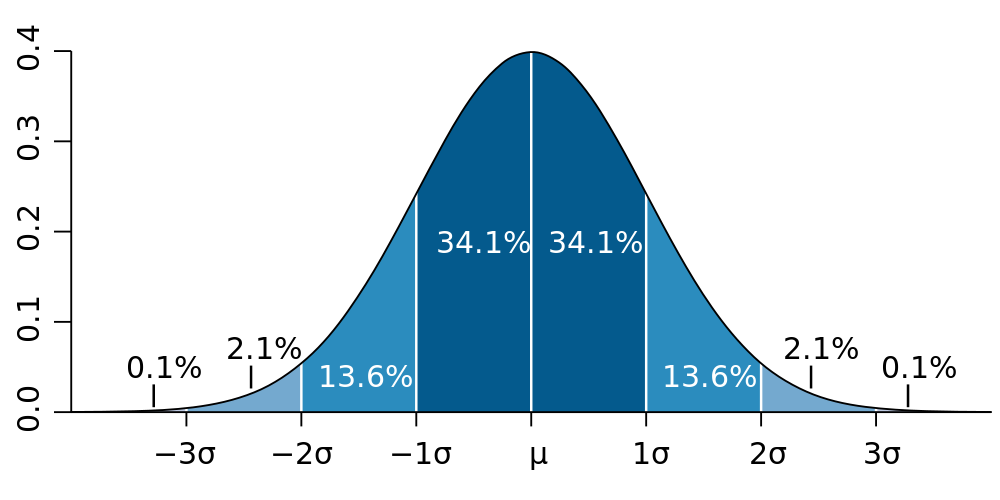Dropping Data
Feature Engineering with PySpark

John Hogue
Lead Data Scientist, General Mills
Where can data go bad?
- Recorded wrong
- Unique events
- Formatted incorrectly
- Duplications
- Missing
- Not relevant

Dropping Columns
df.select(['NO', 'UNITNUMBER', 'CLASS']).show()
+----+----------+-----+
| NO|UNITNUMBER|CLASS|
+----+----------+-----+
| 1| null| SF|
| 156| A8| SF|
| 157| 207| SF|
| 158| 701G| SF|
| 159| 36| SF|
Multiple fields are not needed for our analysis
'NO'auto-generated record number'UNITNUMBER'irrelevant data'CLASS'all constant
Dropping Columns
drop(*cols)
*cols– a column name to drop or a list of column names to drop.- Returns a new DataFrame that drops the specified
# List of columns to drop cols_to_drop = ['NO', 'UNITNUMBER', 'CLASS']# Drop the columns df = df.drop(*cols_to_drop)
Text Filtering
where(condition)- condition – a Column of
types.BooleanTypeor a string of SQL expression. - Filters dataframe where the condition is true
- condition – a Column of
like(other)- other – a SQL LIKE pattern
- Returns a boolean Column
~- The NOT condition
df = df.where(~df['POTENTIALSHORTSALE'].like('Not Disclosed'))
Outlier Filtering
Filter data to within three standard deviations (3?) of the mean (?)

Value Filtering Example
# Calculate values used for filtering std_val = df.agg({'SALESCLOSEPRICE': 'stddev'}).collect()[0][0] mean_val = df.agg({'SALESCLOSEPRICE': 'mean'}).collect()[0][0]# Create three standard deviation (? ± 3?) upper and lower bounds for data hi_bound = mean_val + (3 * std_val) low_bound = mean_val - (3 * std_val)# Use where() to filter the DataFrame between values df = df.where((df['LISTPRICE'] < hi_bound) & (df['LISTPRICE'] > low_bound))
Dropping NA's or NULLs
DataFrame.dropna()
how: ‘any’ or ‘all’. If ‘any’, drop a record if it contains any nulls. If ‘all’, drop a record only if all its values are null.thresh: int, default None If specified, drop records that have less than thresh non-null values. This overwrites the how parameter.subset: optional list of column names to consider.
Dropping NA's or NULLs
# Drop any records with NULL values df = df.dropna()# drop records if both LISTPRICE and SALESCLOSEPRICE are NULL df = df.dropna(how='all', subset['LISTPRICE', 'SALESCLOSEPRICE '])# Drop records where at least two columns have NULL values df = df.dropna(thresh=2)
Dropping Duplicates
What is a duplicate?
- Two or more records contains all the same information
- After dropping columns or joining datasets, check for duplicates
dropDuplicates()
- Can be run across entire DataFrame or a list of columns
- In PySpark there is no order for which record is removed
# Entire DataFrame df.dropDuplicates()# Check only a column list df.dropDuplicates(['streetaddress'])
Let's practice!
Feature Engineering with PySpark

